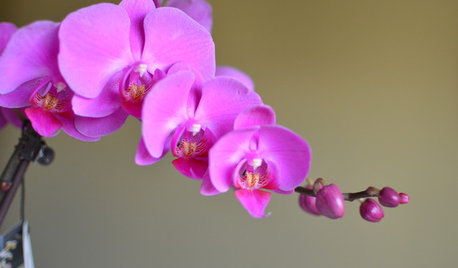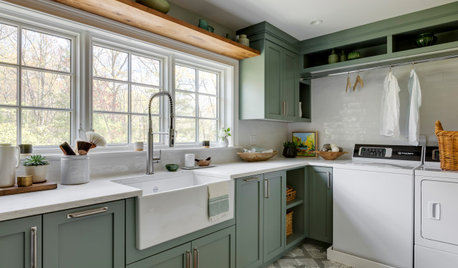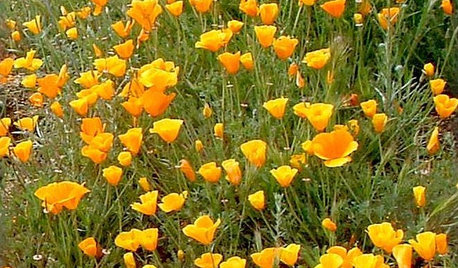Buckeye seedlings turned brown and died, why?
nick_b79
9 years ago
Related Stories

MID-ATLANTIC GARDENINGChecklist: What To Do in the Garden This Month
February Gardener: Plant sprouts, start seedlings, force bulbs, grow an orchid and more
Full Story
LAUNDRY ROOMSKey Measurements for a Dream Laundry Room
Get the layout dimensions that will help you wash and fold — and maybe do much more — comfortably and efficiently
Full Story
GARDENING GUIDESGreat Design Plant: California Poppy
Fall planting: California's state flower offers a glorious spring show and spreads readily in gardens under the right conditions
Full Story
SPRING GARDENINGTop 10 Scented Plants for Your Garden
A palette of perfumed plants can transform even the smallest of gardens into a sensory delight
Full Story
LANDSCAPE DESIGNGreat Design Plant: Retreat to the Shade of Hardy Catalpa
Big foliage and a towering height provide a shady respite in summer, but that's not all hardy catalpa offers dedicated gardeners
Full Story
PETSHow to Help Your Dog Be a Good Neighbor
Good fences certainly help, but be sure to introduce your pup to the neighbors and check in from time to time
Full Story
FALL GARDENING7 Reasons Not to Clean Up Your Fall Garden
Before you pluck and rake, consider wildlife, the health of your plants and your own right to relax
Full Story
SAVING WATERHouzz Call: Are You Letting Go of Your Lawn?
Many facing a drought are swapping turf for less thirsty plantings. If you’re one of them, we’d like to hear about it
Full Story
FRUIT TREESHow to Grow Your Own Persimmons
Sturdy and easy to care for, these trees offer bright fruit through winter — and keeping them in bounds is no sweat
Full Story
GARDENING GUIDESOh, Deer! 10 Native Flowers That Stand Up to the Herds
Keeping a garden amid hungry deer can be hard, but these plants should fare well
Full Story






floral_uk z.8/9 SW UK
gardener365
Related Professionals
Comstock Park Landscape Architects & Landscape Designers · Billerica Landscape Contractors · Avocado Heights Landscape Contractors · Beachwood Landscape Contractors · Hayden Landscape Contractors · Seymour Landscape Contractors · Suitland Landscape Contractors · Yuba City Landscape Contractors · New Carrollton Landscape Contractors · Goldenrod Landscape Contractors · Winchester Siding & Exteriors · Arbutus Decks, Patios & Outdoor Enclosures · Boise Decks, Patios & Outdoor Enclosures · Chicago Decks, Patios & Outdoor Enclosures · South Lyon Decks, Patios & Outdoor Enclosuresken_adrian Adrian MI cold Z5
mikebotann
nick_b79Original Author